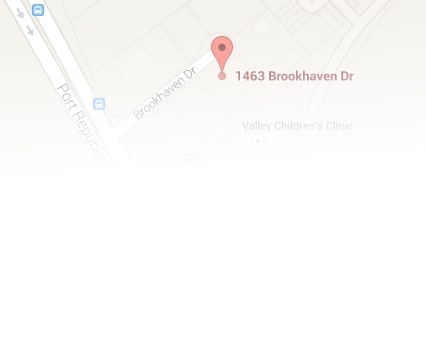Virginia Personal Injury Lawyers
Trademarks can be some of a company’s most valuable assets because trademarks capture, in a tangible way, a company’s intangible value. Trademarks can indicate the unique source or origin of a product or indicate a particular quality for a product or brand, either of which is essential for a properly marketed product or service
Problems with trademarks arise when an unscrupulous competitor attempts to siphon business away from a company by stealing that company’s mojo in an impermissible way – by infringing that company’s trademarks. When a competitor attempts to hijack your trademark you may proceed with a trademark infringement suit by satisfying two elements. First, you must show that you had a prior, protectable trademark before the infringing activity occurred. In the U.S., you will have a prior protectable trademark merely by being the first to use the trademark – it is not necessary that you actually register the trademark, though registration certainly has some major benefits including the right to obtain an award of attorney’s fees for a successful infringement lawsuit.
Assuming you satisfy the first element and prove you have a prior protectable trademark, you must then provide evidence for the second element: showing that your competitor’s trade identification creates a “likelihood of confusion” compared to your product or company. Whether a competing product creates a likelihood of confusion is a fact-intensive inquiry that depends on a number of factors, such as:
1. similarity of the marks;
2. similarity of the goods/services;
3. channels of trade/advertising;
4. strength of senior mark;
5. sophistication of purchasers;
6. evidence of actual confusion; and
7. the defendant’s intent.
Mere possibility of confusion between two competing marks is not sufficient to establish this second element. Rather, there must be a likelihood that someone actually will be confused by the competing marks.
For a legal consultation with a personal injury lawyer, call (434) 817-3100
It is important to remember that you must vigilantly protect and enforce your trademark rights in order to preserve those rights. If you learn of an infringement of your trademark rights, you face the possibility of losing your trademark unless you take actions to stop the infringement. In addition, it is possible under certain circumstances for abandonment of your trademark rights to occur due to prolonged non-use, such as when you fail to use the trademark for a number of years.
Other than trade secrets, trademarks are probably the most common form of intellectual property or proprietary information that a company has, so it is essential that every company knows how to protect those assets. As your company grows, implement a policy for investigating potential infringing activity and, if you find infringement activity occurring, know what actions you should take including an injunction and other relief under the Lanham Act or the Virginia Trademark and Service Mark Act.
Robert E. Byrne, Jr., the author of this article, is an attorney with the Charlottesville, Virginia law firm of MartinWren, P.C. Bob practices throughout Central Virginia in commercial and business litigation with an emphasis on intellectual property litigation, including and trademark infringement litigation. For more information regarding trademark infringement actions, please contact Bob at 434-817-3100.
Call (434) 817-3100 or complete a Case Evaluation form



